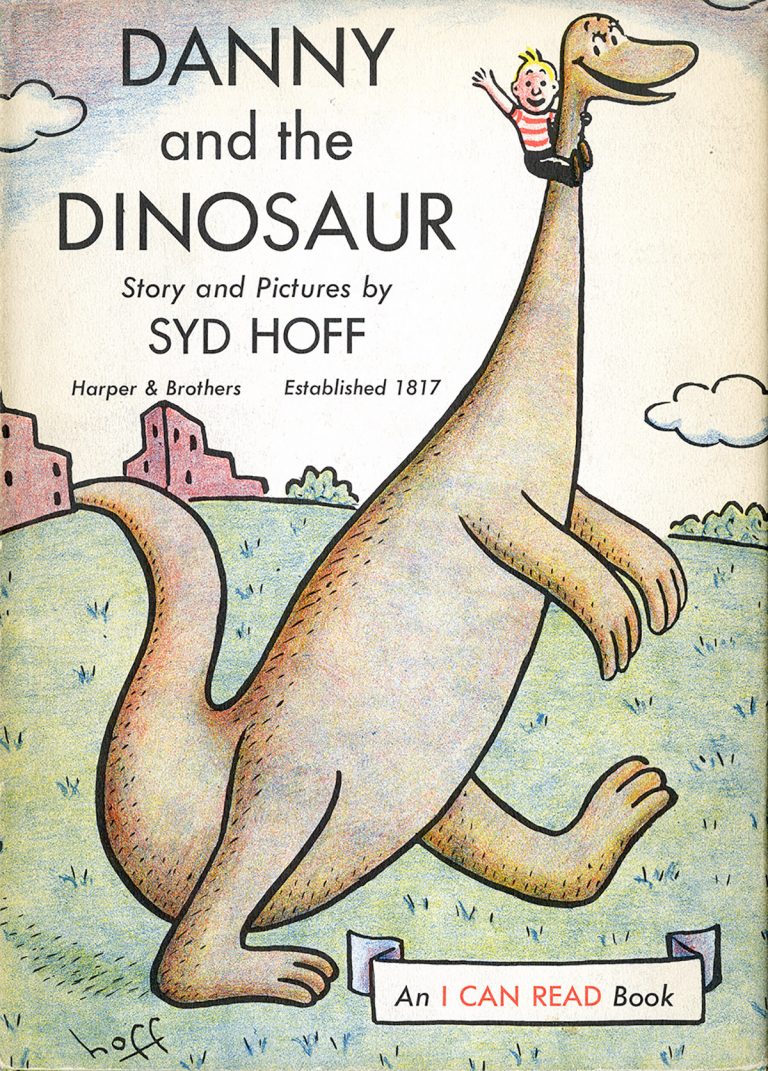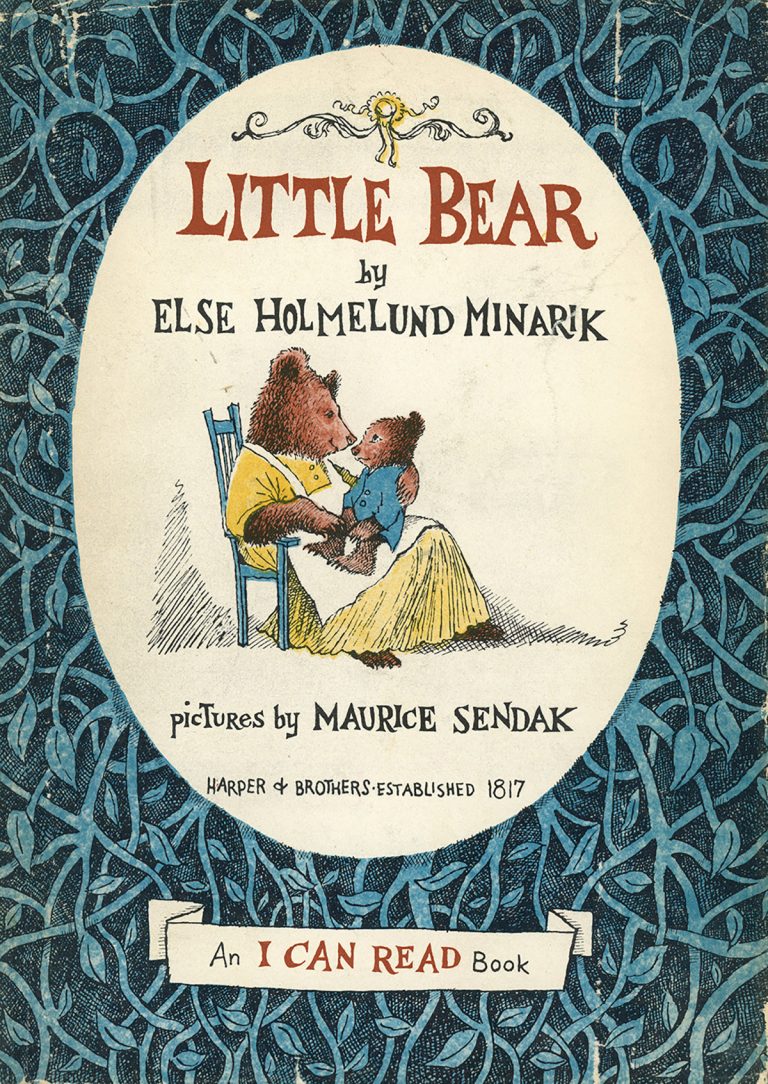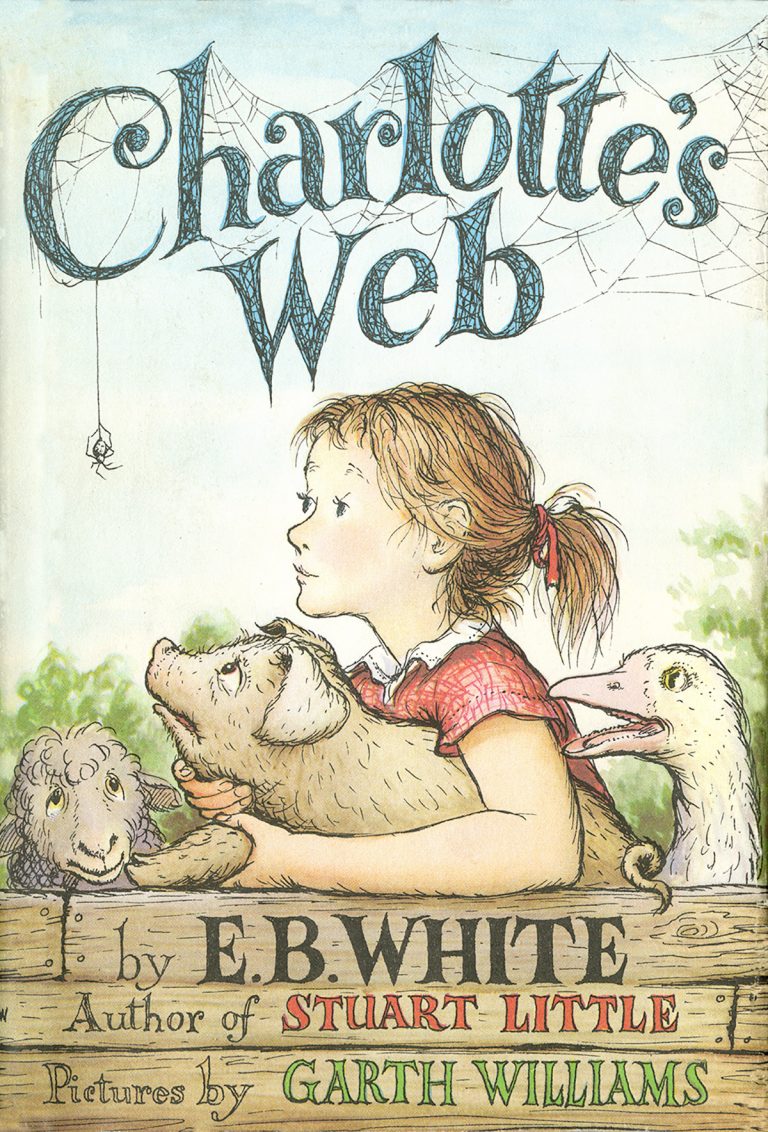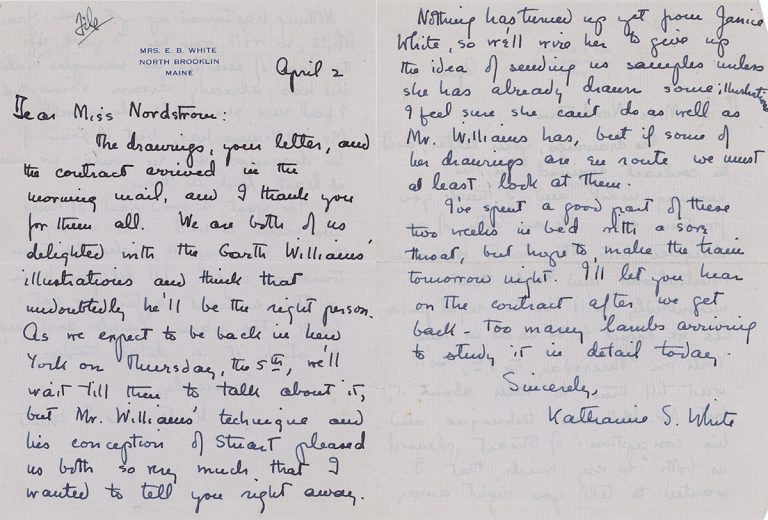Explore significant moments in HarperCollins history
The Look of Stuart Little
In early 1945, Ursula Nordstrom, head of Harper’s Department of Books for Boys and Girls was awaiting completion of E. B. White’s manuscript for a children’s story about a talking mouse, titled Stuart Little. She had recently met a little-known but talented young illustrator named Garth Williams who had published a few drawings in The New Yorker, and planned to give Williams the chance to illustrate it. Coincidentally, White had also seen the drawings in the The New Yorker, and he submitted his manuscript with a note attached: “Try Garth Williams.”
Following standard practice, Nordstrom asked a number of illustrators to provide their interpretation of the characters. “I tried about eight artists,” Nordstrom said in a 1963 interview. “Some of them had Stuart looking like a real beatnik.” Another artist made Stuart look like a “rather zoot-suited character.”
Nordstrom told White that Williams’s work impressed her: “When the doctor wanted to listen to Stuart’s heart, Garth drew Stuart standing up instead of lying down, which would have made him look like a little dead mouse. It showed that Garth was sensitive to the risk of producing, unintentionally, a distressing rather than a droll effect.”





